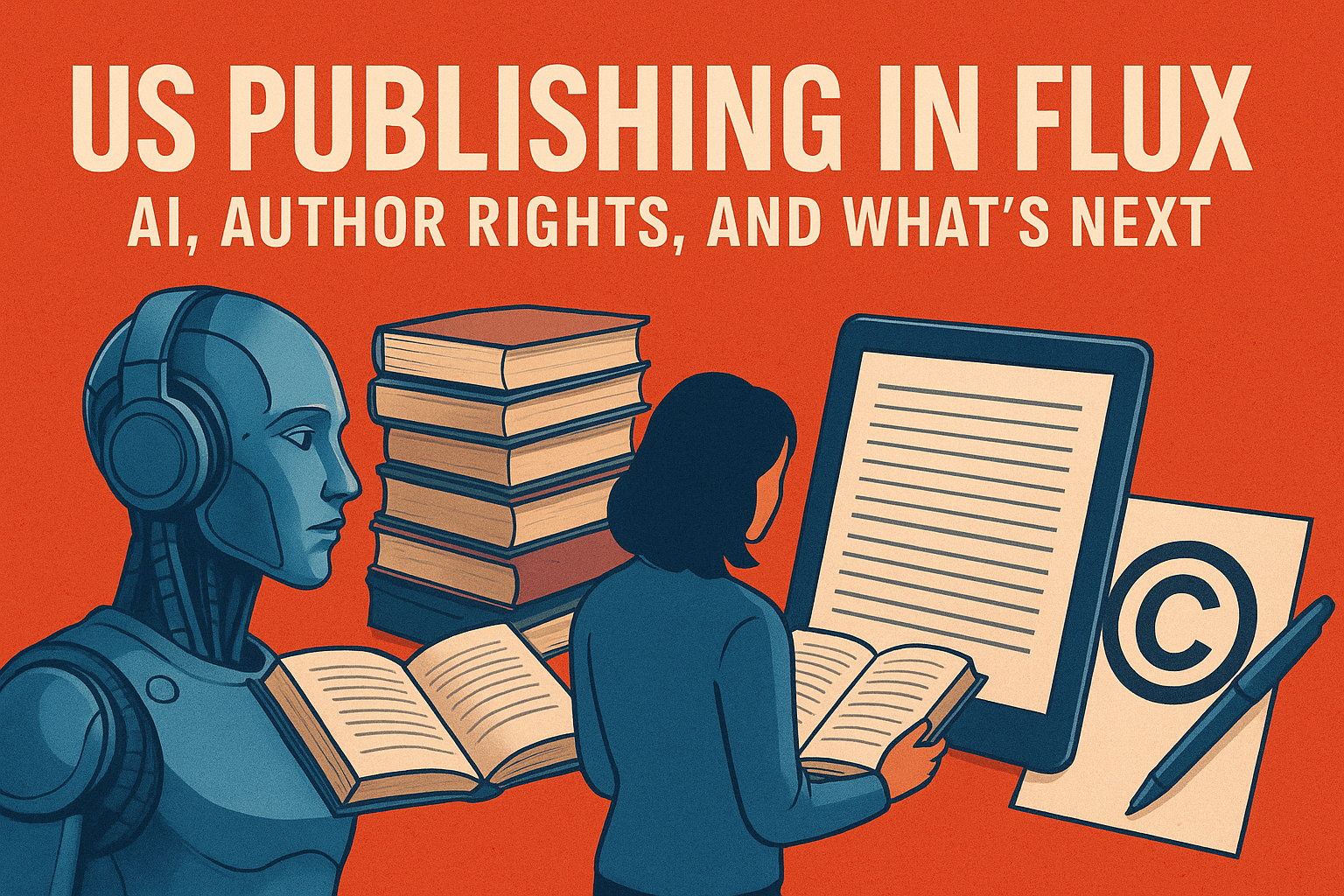10 Essential Tips for Successful Self-Publishing (Pros, Cons, and What Authors Must Know)

Self-publishing has transformed the book industry. With platforms like Amazon Kindle Direct Publishing (KDP), IngramSpark, Apple Books, and Kobo Writing Life, authors now have the tools to publish globally—often with just a few clicks. In fact, according to Bowker, more than 2.3 million self-published books are released annually, showing how rapidly independent publishing is rising.
But while self-publishing offers creative freedom and higher royalties, it also requires careful planning, financial investment, and strong marketing skills.
Below are 10 essential tips that blend the pros, cons, and strategic steps every aspiring independent author should understand before publishing their first book.
1. Understand What Self-Publishing Really Means
Self-publishing means you oversee every stage of the publication process:
• Editing
• Cover design
• Formatting
• Distribution
• Marketing
• Sales analytics
Unlike traditional publishing, you don’t rely on agents or publishing houses. You are the creative director, project manager, and marketing strategist of your book.
2. Embrace Full Creative Control
One of the biggest advantages of self-publishing is total creative freedom.
You decide the:
• Title
• Genre and content direction
• Cover art
• Formatting style
• Pricing
This autonomy helps preserve your artistic vision—something traditional publishers often restrict for marketability.
3. Prepare for Higher Royalties
Self-published authors typically earn 35%–70% royalties on digital books.
Example royalty rates:
• Amazon KDP eBooks: up to 70%
• Apple Books: 70%
• Kobo Writing Life: 70%
• IngramSpark paperbacks: varies, but significantly higher than traditional publishing
In contrast, traditional authors often earn 7%–12% on print book sales.
4. Leverage the Speed of Self-Publishing
Traditional publishing can take 12–24 months from acceptance to release.
Self-publishing lets you:
• Publish within weeks
• Capitalize on emerging trends
• Release multiple books per year
Fast publication benefits authors writing nonfiction, topical content, or rapid-release fiction series.
5. Use Digital Platforms for Global Reach
With self-publishing, your book can instantly become available worldwide through:
• Amazon (over 13+ global marketplaces)
• IngramSpark (for bookstore and library distribution)
• Google Play Books
• Kobo (strong in Canada, EU, Australia)
No shipping fees or physical warehouse storage needed. Digital formats dominate global sales, with eBooks accounting for 30%+ of US book purchases (Statista).
6. Make Data-Driven Decisions
Self-publishing gives you real-time access to:
• Sales reports
• Market trends
• Reader behavior
• Conversion rates
• Keyword performance
This allows you to:
• Update your cover
• Adjust pricing
• Improve metadata
• Release revised editions
• Target ads more effectively
Traditional publishing rarely provides this level of transparency or flexibility.
7. Budget for Upfront Costs
Self-publishing is an investment. Typical expenses include:
• Editing: $300–$3,000 depending on service level
• Professional cover design: $100–$600
• Formatting: $50–$300
• Marketing: varies (ads, website, ARC distribution)
While these costs can be minimized, cutting corners often leads to low-quality output and poor sales.
8. Compensate for the Lack of Publishing Support
Traditional publishers provide:
• Editors
• Marketers
• Cover designers
• Distribution channels
As a self-publisher, you must build your own team or learn these skills. You may hire:
• Freelance editors
• Beta readers
• Cover designers
• Book formatters
• Virtual assistants
Platforms like Reedsy, Fiverr Pro, and Upwork connect authors with publishing professionals.
9. Strengthen Your Marketing Strategy
Marketing is often the hardest part of self-publishing. Limited visibility can hurt book sales if you don’t:
• Build an author platform
• Use email newsletters
• Optimize Amazon keywords and categories
• Run ads (Facebook Ads, Amazon Ads, BookBub PPC)
• Engage in reader communities (Goodreads, Reddit, TikTok’s BookTok)
Most bestselling self-published authors are strong marketers—not just strong writers.
10. Expand Your Professional Network
Networking is essential for long-term self-publishing success. Connect with:
• Fellow indie authors
• Writing communities
• Editors and designers
• Industry professionals
• Book reviewers and influencers
Joining groups such as Alliance of Independent Authors (ALLi), SCBWI, or local writing circles provides industry insights and ongoing support.
Conclusion
Self-publishing offers remarkable benefits—creative control, higher royalties, and global reach—but it also requires significant responsibility, financial investment, and strong marketing skills.
If you want independence, flexibility, and the ability to publish on your own timeline, self-publishing can be incredibly rewarding. But if you prefer built-in support systems and lower personal risk, traditional publishing might be a better fit.
Ultimately, your success depends on understanding the process, committing to professional quality, and continuously improving your writing and marketing skills. The more prepared you are, the greater your chances of thriving as an independent author.



